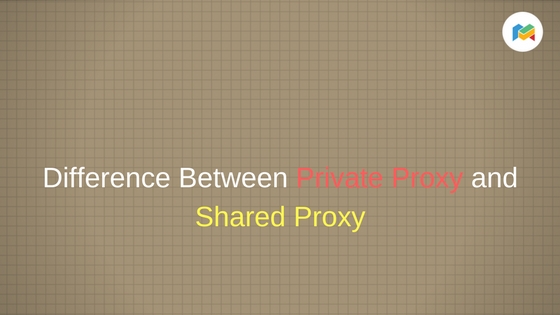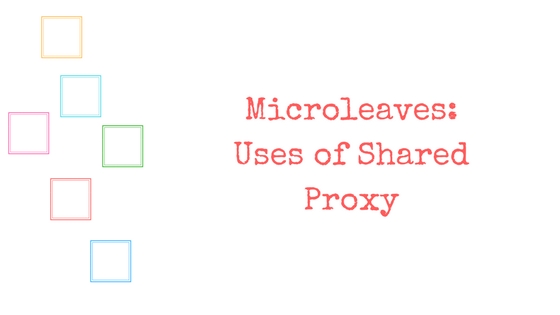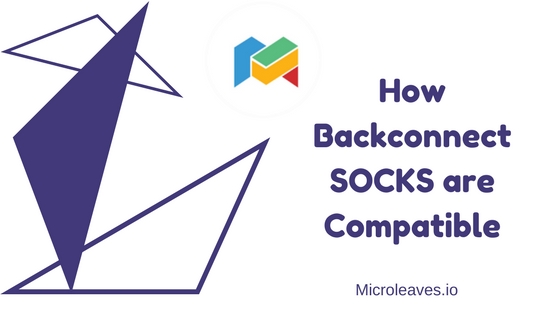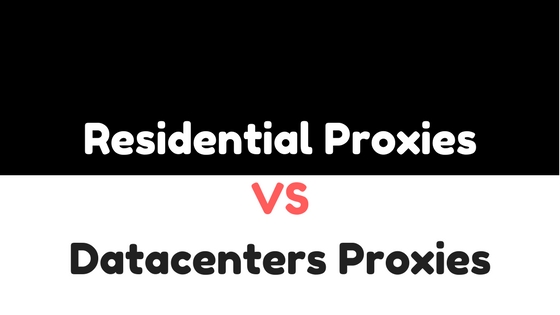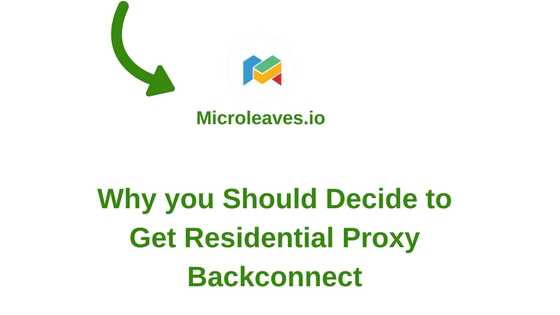Shared proxies are different from private proxies. Shared proxy comes up with a different set of advantages as that of private proxy. A group of people has access to the IP address in terms of shared proxy. In contrary, a private proxy is only accessible to one individual. If you as an individual decide to become a part of shared proxy, then you are not the only one who will able to use it. While as a beginner, you will have to look at pros and cons of both the proxies, private and shared, in order to analyze that which one is better.
Continue reading “Difference Between Private Proxy and Shared Proxy”

